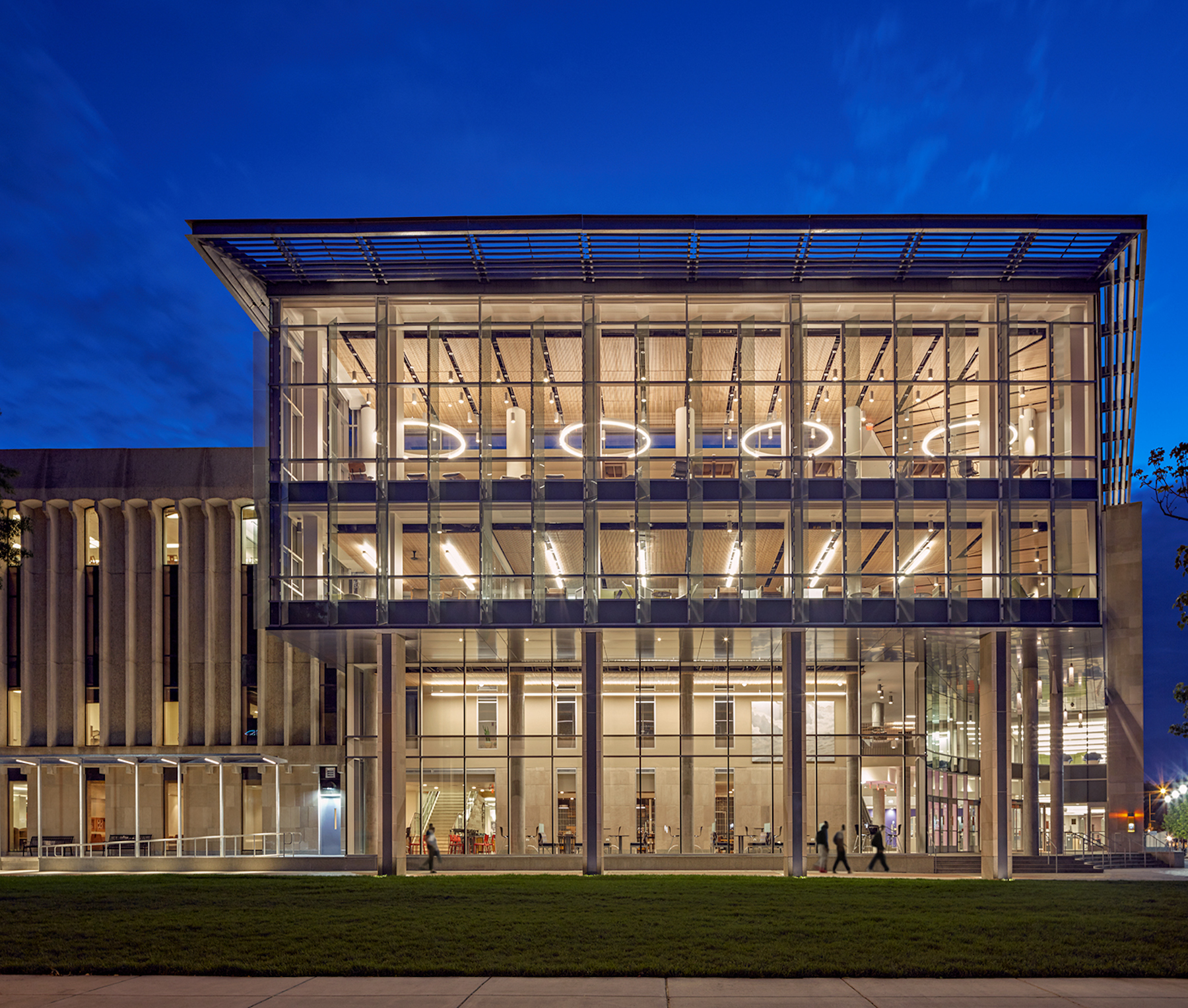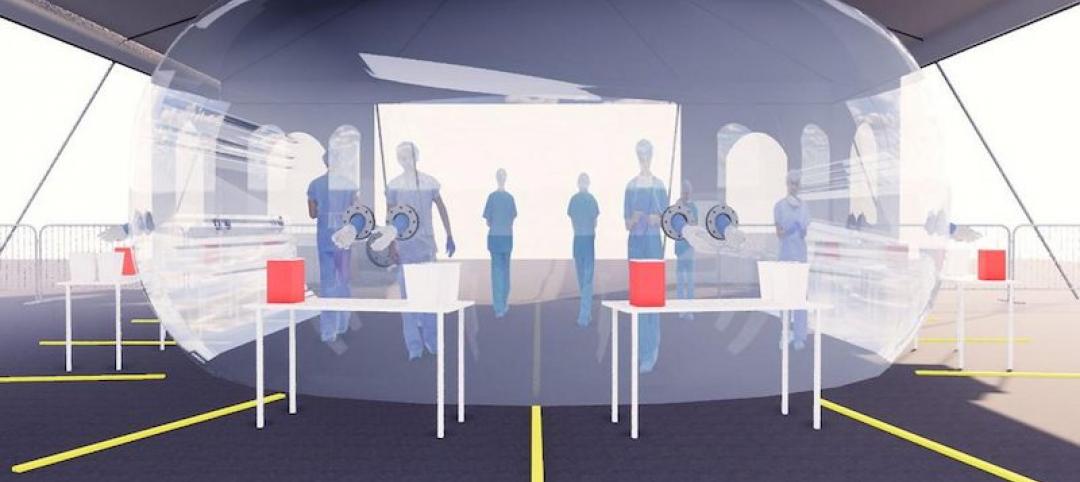Libraries have grown to become the intellectual and social hubs of campus, where, prior to March 2020, students, researchers, and faculty gathered to collaborate and connect. Now, almost two years later, campus communities are still seeking a home away from home in their library, be it in-person or virtually. How does the library transform to continue inspiring engagement and university culture in a hybrid era?
When campuses shut down in the spring of 2020, libraries had to shift to virtual research and reference support. In the information age where technology is a driver, many libraries were already set up to provide these resources online. Messenger applications, chatbots, and video consultations allowed support services to continue uninterrupted. Learning opportunities in research methodology and specific subject areas transitioned to webinars or blog posts to support remote learners, while centering the library as the remote intellectual hub in a low-cost, high-impact way. Libraries across the country continued to make the campus library a social hub through remote engagement in lieu of in-person events and workshops.
At the time, the pivot to fully remote was relatively easy because resources were already in place that supported a more virtual world. Today, libraries face a new challenge of accommodating hybrid models. Although students and faculty are back on campus, the virtual format is still active with online courses. In efforts to balance both environments, students are seeking a place to focus, away from their residence halls and apartments, where their roommates are also participating in online courses. With social and emotional pressures on the rise, students and faculty are eager to find places where they can escape from disruptions as well as spaces where they can connect and collaborate with others.
As architects, it’s our responsibility to work with these institutions and design spaces that support their needs. Creating a variety of study spaces is one way to allow students to be present on campus and still provide them with a distraction-free silo setting. Individual study pods within the library provide a private space for students to be in class virtually, while remaining connected to campus. Zones can transform from individual study to small group collaboration, enhancing social interaction for students.
Staff and faculty members are also seeking innovative ways to connect with all students as some participate remotely, and others are in person. A sense of culture is essential for student engagement especially when some may have never previously visited the campus in person due to the pandemic. Given that new range of student experiences, we need to consider how we design spaces that can be easy to navigate both physically and virtually, so students have an equitable experience.
Furthermore, we need to evaluate the various hybrid working models for staff and faculty and determine how we design spaces to best support their day-to-day. For example, what do staff spaces look like in a hybrid era? Can faculty and staff transition solely to remote? How many days of the week do individuals need to be in person? To accommodate obstacles and identify solutions, we’re testing new forms of technology that can improve how patrons work, teach, and learn in unique situations. As we continue to learn from this experience and rethink our design strategy, one thing is for certain: flexibility is essential to accommodate a variety of tasks and preferences.
Despite the challenges, libraries remain a place for community. With their multifunctional design, they are uniquely positioned to provide access to resources that address learning, as well as opportunities for emotional support. Counseling pop-ups, meditation rooms, craft time, yoga in the library, and other workshops are all ways that libraries continue to be supportive of their community in response to current needs. From in-person events in the library, including a virtual engagement lecture on Special Collections, live chat or video feed, to digital research and reference services to complement on-site support, libraries must continue their evolution and customize services and programs to serve digitally and physically.
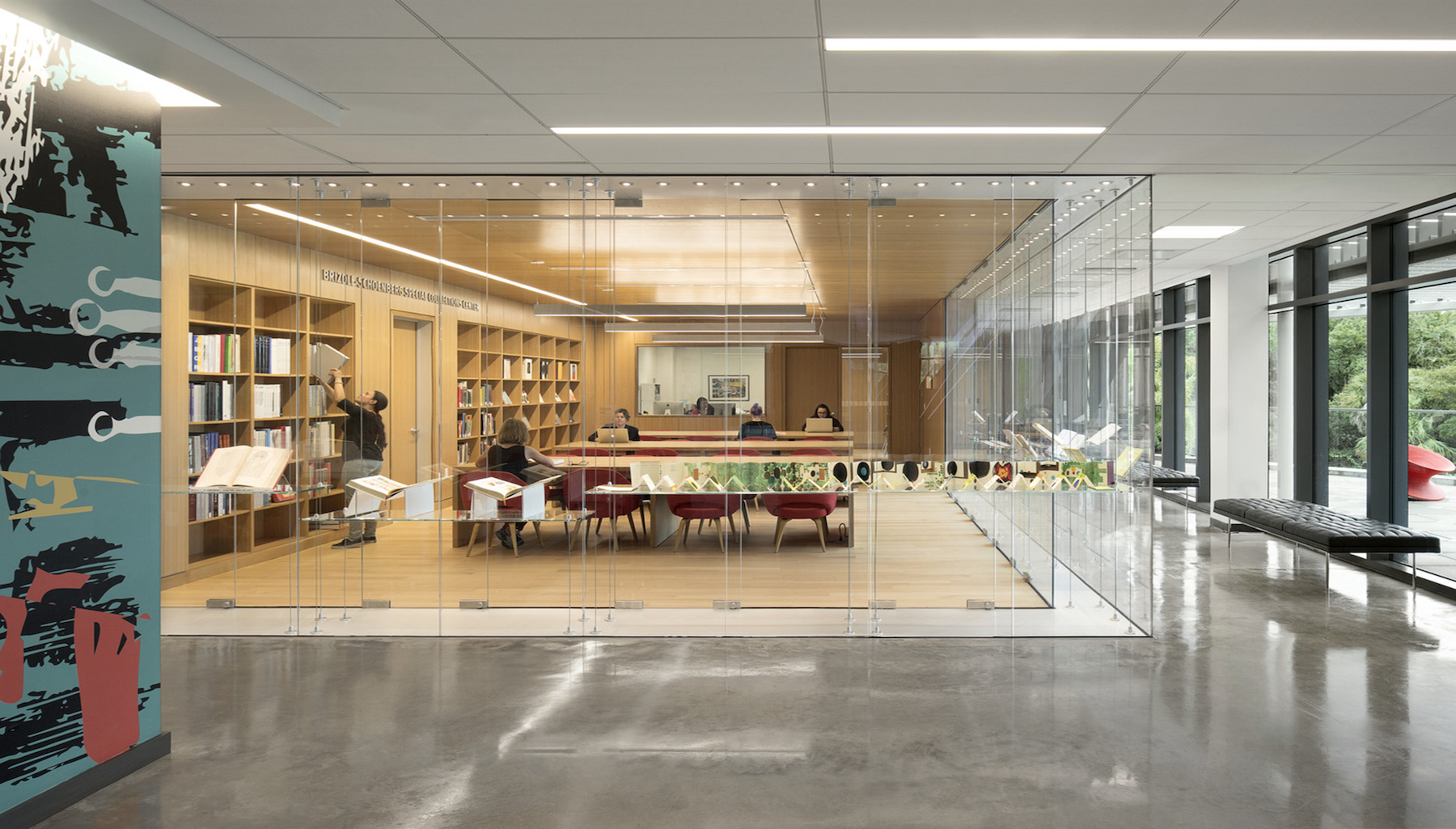
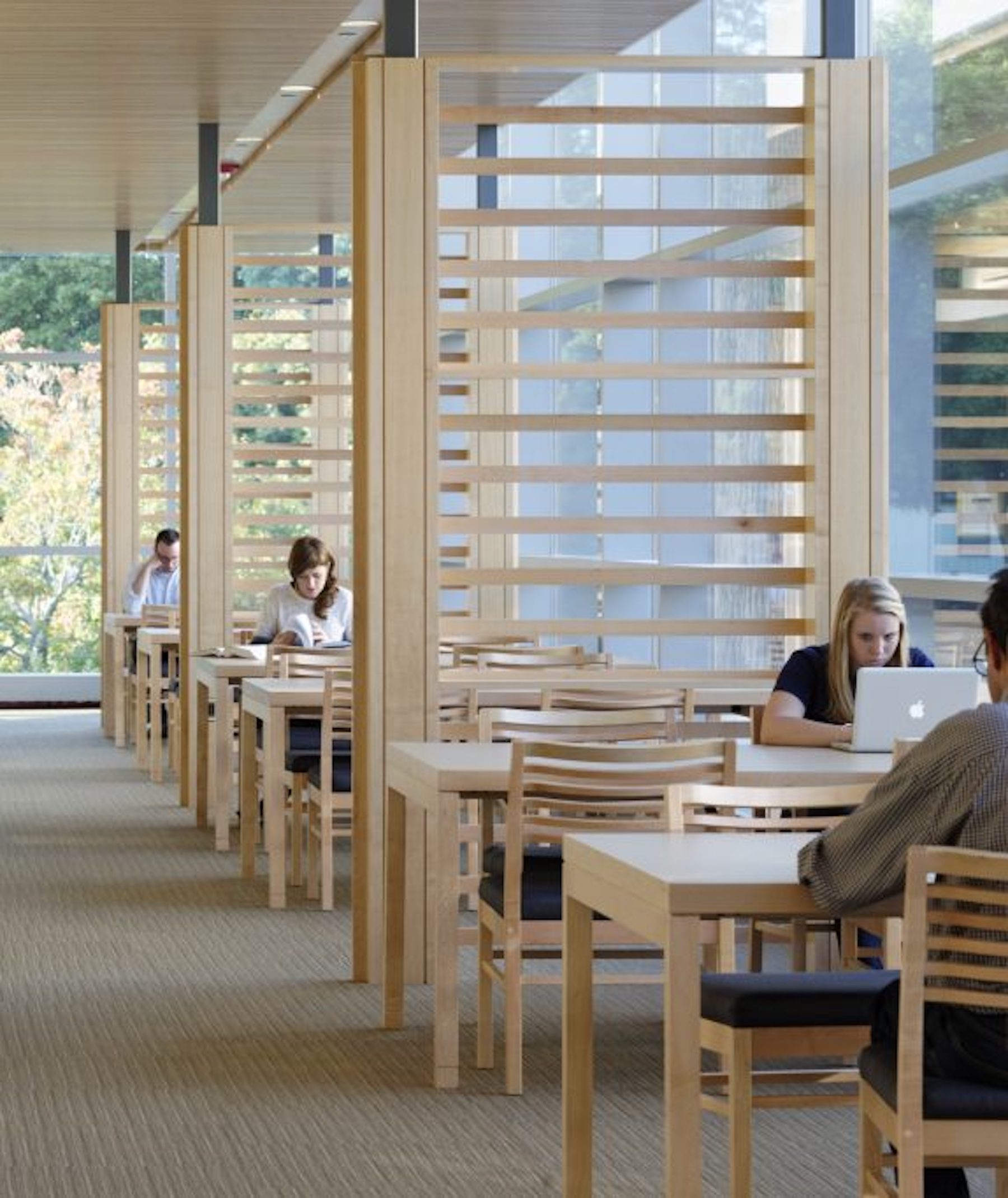

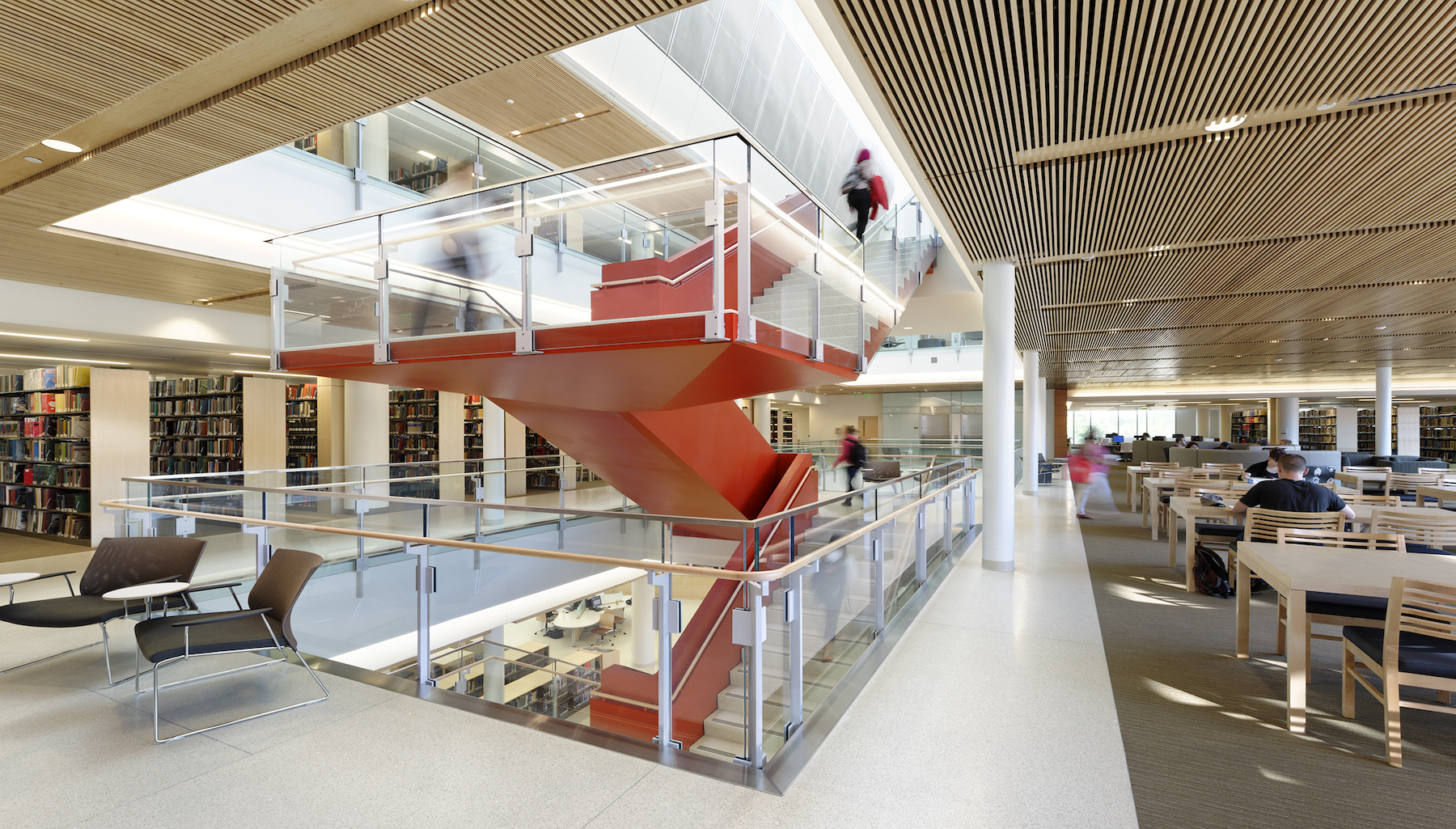
More from Author
Shepley Bulfinch | Aug 12, 2024
Planning for growing computer science programs
Driven by emerging AI developments and digital transformation in the business world, university computer science programs are projected to grow by nearly 15% by 2030.
Shepley Bulfinch | Jul 11, 2024
3 considerations for designing healthy, adaptable student dining
Amanda Vigneau, IIDA, NCDIQ, LEED ID+C, Director, Shepley Bulfinch, shares three ways student dining facilities have evolved to match changes in student life.
Shepley Bulfinch | Nov 27, 2023
7 ways multifamily designers can promote wellness in urban communities
Shepley Bulfinch's Natalie Shutt-Banks, AIA, identifies design elements that multifamily developers can use to maximize space while creating a positive impact on residents and the planet
Shepley Bulfinch | Jul 6, 2023
The responsibility of adapting historic university buildings
Shepley Bulfinch's David Whitehill, AIA, believes the adaptive reuse of historic university buildings is not a matter of sentimentality but of practicality, progress, and preservation.
Shepley Bulfinch | Jun 2, 2023
Designing a pedestrian-focused city in downtown Phoenix
What makes a city walkable? Shepley Bulfinch's Omar Bailey, AIA, LEED AP, NOMA, believes pedestrian focused cities benefit most when they're not only easy to navigate, but also create spaces where people can live, work, and play.
Shepley Bulfinch | Apr 5, 2023
Carole Wedge, former Shepley Bulfinch President and CEO, retires after 37 years
Wedge’s 37-year career at Shepley Bulfinch evolved a historic firm into a national design practice.
Shepley Bulfinch | Aug 8, 2022
The technology balancing act
As our world reopens from COVID isolation, we are entering back into undefined territory – a form of hybrid existence.
Shepley Bulfinch | Jul 26, 2022
Better design with a “brain break”
During the design process, there aren’t necessarily opportunities to implement “brain breaks,” brief moments to take a purposeful pause from the task at hand and refocus before returning to work.
Shepley Bulfinch | Jul 11, 2022
Student life design impacts campus wellness
As interior designers, we have the opportunity and responsibility to help students achieve deeper levels of engagement in their learning, social involvement, and personal growth on college campuses.
Shepley Bulfinch | Jul 14, 2020
Is there a way to test for Covid-19 without PPE?
We developed a unique design concept: a testing booth that allows healthcare workers to administer tests without using PPE or being exposed.

